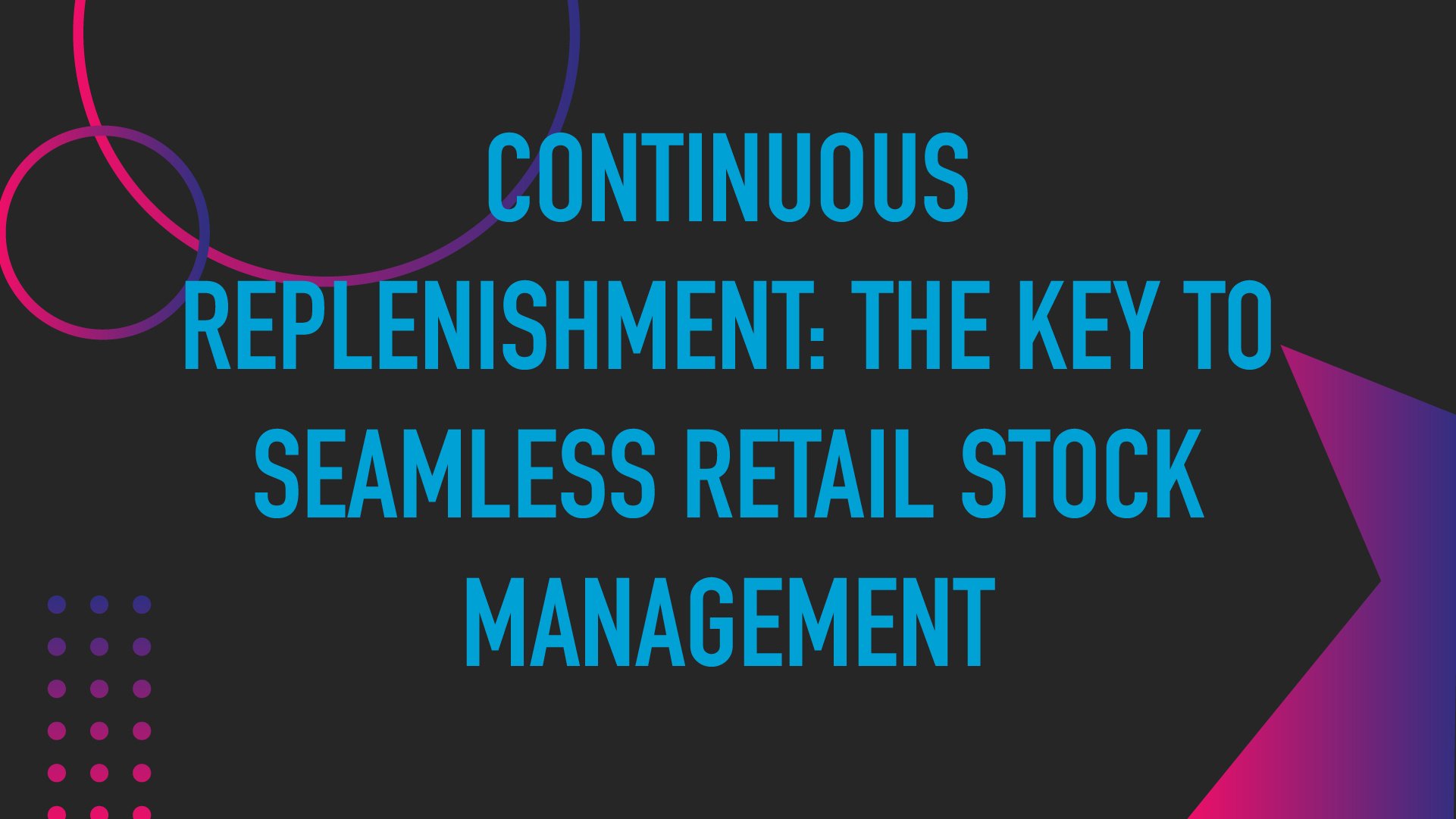Demand Forecasting Excellence: The Role of Inventory Optimization


Efforts to improve forecasting accuracy halve holding time, reduce costs by 15%, and improve service levels —particularly by predicting customer’s needs. However, navigating the intricate dance of inventory optimization and demand forecasting is no easy feat for retail teams. The delicate balance between stocking enough products to meet consumer demand without overstocking and risking losses requires a strategic approach. By leveraging advanced tools like retail execution software (RES) for inventory replenishment, teams can streamline operations and ensure that shelves are stocked with the right products at the right time.
Navigating Uncertainty: Addressing Challenges in Demand Forecasting Improvement
It's common to see store and field teams wrestling with challenges that block their ability to predict demand accurately. These challenges include inaccurate sales forecasts, disjointed team communication, inefficient inventory management practices, and the inability to adapt quickly to changing market dynamics.
These stumbling blocks can reduce operational efficiency and customer satisfaction levels due to either running out of stock or having too much inventory. By tackling these issues head-on, businesses can arm their frontline staff with comprehensive training programs, user-friendly technologies, and streamlined processes.
This approach empowers teams to optimize inventory effectively and boosts overall operational performance. So, while inventory optimization might seem complex at first glance, it's an essential tool for retail success when used correctly.
The Crucial Connection: How Retail Execution Software Supports Inventory Optimization
Inventory optimization connects demand forecasting with effective planning by aligning inventory levels with anticipated demand. By implementing effective inventory management practices with retail execution software, teams can track, analyze, and anticipate demand fluctuations in the marketplace. Teams using retail execution software have experienced a 3% increase in top-line sales and a 99% success rate in promotional compliance.
Retail execution software automates processes, provides real-time insights, and enhances decision-making capabilities, making it the backbone of efficient inventory management. It empowers retailers to stay agile in their response to market trends and customer demands. The beauty of this data-driven approach is that it not only helps in accurate demand forecasting but also boosts overall operational efficiency and improves supplier relations.
From Data to Decisions: Harnessing Inventory Optimization for Precise Demand Forecasting
Accurate demand forecasting is the linchpin that separates success from struggle. It’s the difference between having shelves stocked with the right products at the right time and dealing with the repercussions of stockouts or excess inventory. To achieve precision in demand forecasting, store and field teams must employ effective inventory optimization strategies.
1. Embrace Data-Driven Insights
Data is the fuel that powers effective inventory optimization and demand forecasting. In 2015, it wasn't uncommon to see forecasting errors rise well above 50% due to poor information gathering. Today, store and field teams can harness the wealth of available data, including historical sales data, customer preferences, seasonal trends, and market analysis. By analyzing this data comprehensively, teams can identify demand patterns, anticipate fluctuations, and make informed decisions about inventory levels.
2. Leverage Technology Solutions
Investing in advanced retail execution software is crucial for streamlining inventory management processes and enhancing demand forecasting accuracy. These solutions offer real-time visibility into inventory levels, automate replenishment tasks, and provide predictive analytics capabilities. Many retail execution software solutions offer real-time data analytics, equipping teams with the agility necessary for proactive decision-making.
3. Foster Collaboration Across Teams
Effective demand forecasting requires seamless collaboration between store and field teams. By fostering open communication and sharing insights across departments, teams can align on inventory management strategies and coordinate efforts more effectively. Regular meetings, cross-training initiatives, and collaborative tools can facilitate this collaboration and ensure everyone works towards common goals.
4. Implement Demand-Driven Merchandising
Merchandising strategies play a significant role in demand forecasting and inventory optimization. By adopting a demand-driven approach to merchandising, store and field teams can tailor product assortments, promotions, and pricing strategies to meet customer preferences and anticipated demand. This customer-centric approach ensures that inventory investments align with consumer needs and preferences.
5. Continuously Evaluate and Adjust
Demand forecasting is not a one-time endeavor; it requires ongoing evaluation and adjustment based on evolving market conditions and consumer behavior. Store and field teams should regularly review sales performance, inventory turnover rates, and demand forecasts to identify areas for improvement and adjust strategies as needed. Staying agile and responsive helps teams adapt to changing demand patterns and optimize inventory levels more effectively.
The synergy between inventory optimization and demand forecasting is paramount for retail success. By implementing effective inventory management practices and leveraging tools like retail execution software, retail teams can stock shelves with the right products at the right time, enhancing customer satisfaction and operational efficiency. Despite challenges such as predicting consumer demand and managing seasonal fluctuations, a data-driven approach coupled with proactive planning is key to overcoming hurdles in today's competitive retail landscape.
featured content
featured content

The Importance of On-Shelf Availability in Retail: Why Keeping Items Stocked is Critical for Competitiveness in 2026
Learn why on-shelf availability is critical in today's retail store environment








